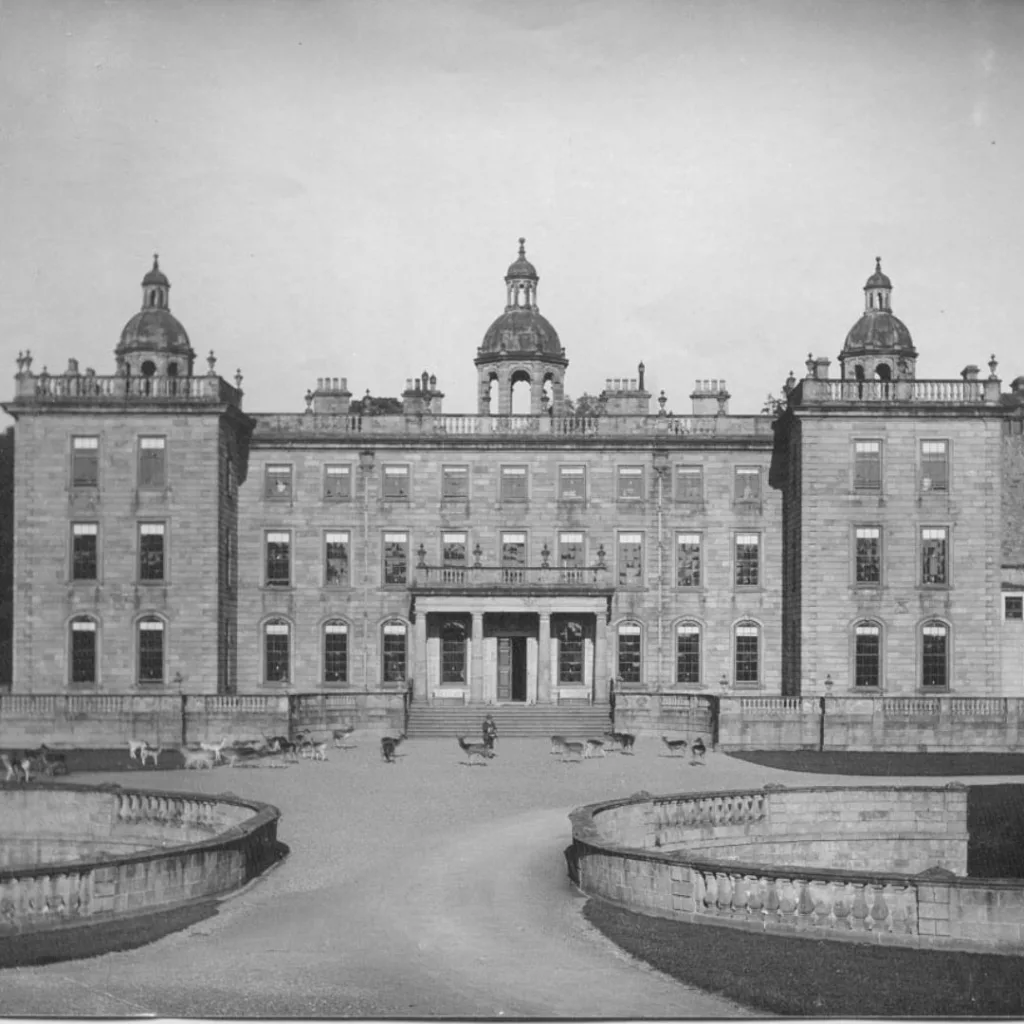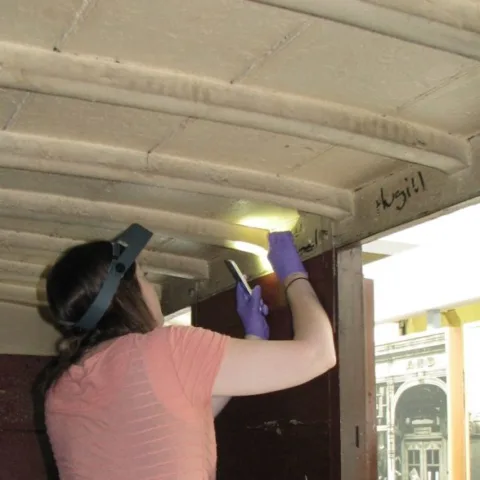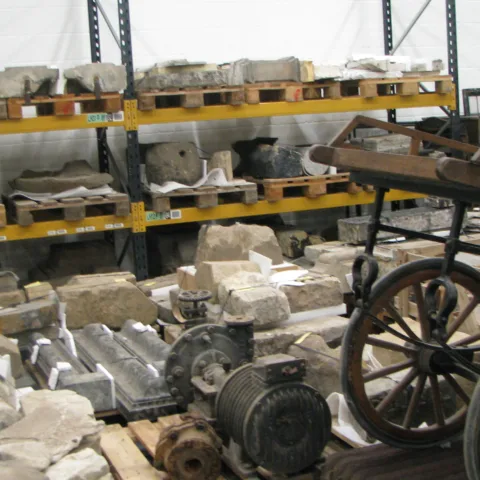The Bowes Museum Blog

George the Handsome


Young George Bowes, by Enoch Seeman, oil on canvas, in a carved and gilded frame courtesy of The Earl of Strathmore and Kinghorne, Glamis Castle
George Bowes was a very fortunate young man. He was born on the 21st of August 1701, the son of William Bowes of Streatlam Castle in the south of County Durham. His mother was Elizabeth Blakiston, the daughter and heiress of Francis Blakiston of Gibside in the north of the county. Sir William Bowes pre-deceased his father-in-law, having died in 1707. Elizabeth Bowes managed the estates until her sons came of age.
As the third son, George’s expectations would have been that he might go into the church or the army, the standard destinations for younger sons. But both his older brothers had died within a year, and at the age of twenty-one (as a mere captain in a cavalry regiment) he suddenly found himself the owner of two large estates and the half-completed rebuild of Streatlam Castle.

Streatlam Castle
Two years later, in October 1724, George married the girl he had had totally fallen in love with, the fourteen-year old Eleanor Verney. Tragically, though, they enjoyed only three months of marriage before she too was dead. The poem by Lady Mary Wortley Montagu commemorating her death may possibly hint that George’s over-amorous approaches had been too much for her still adolescent frame.
George was now alone, left with the challenge of completing the work on Streatlam Castle, enclosing its deer park and laying out the garden, not to mention overseeing both of his large estates. The main business of the area was coal, and the huge reserves that were being worked under his more northerly land at Gibside made him one of the richest men in the country. In 1726, to develop the coal industry, he proposed and formed the Grand Alliance, a partnership with the other local coal-owning families of Wortley, Ord and Liddell. From this arrangement all four would profit spectacularly. With this dynamism, no wonder that George, still only twenty-six years old, was voted into Parliament in 1727 as a Whig member for the county.
He took his political activities seriously, becoming Mayor of both Hartlepool and Durham in 1732, and being re-elected to both posts several times. He donated generously towards the cost of bells for Gateshead Church, helped lead the fund-raising for the Infirmary in Newcastle and contributed to the costs of the Grammar School.
On the 14th of June 1743, nearly twenty years after the loss of his first sweetheart, he finally married again. The wedding took place in London, and this time his wife was Mary Gilbert, the only child of Edward Gilbert of St Paul’s Walden, Hertfordshire, thus bringing another great estate into the family. At last, after six long years, his one child, Mary Eleanor Bowes was born, on the 24th of February 1749.

Mary Eleanor Bowes
George believed passionately in female education, not a typical position to take at this time, but perhaps not unconnected with his friendship with Lady Mary Wortley Montagu. She was the first cousin of Elizabeth Montagu, the founder of the famous Blue Stocking Society, a group of highly educated women whose learning and literary achievements were widely recognised. Mary Eleanor had learnt to read well by the age of four, and at six her mother was paying two guineas per month for her to have lessons in drawing and dancing, as well as a further guinea for tuition in writing. A little later, she was learning music from Charles Avison, the pre-eminent composer in the area but also, perhaps, the most noted in the entire country. He was the organist at St Nicholas’ Church, Newcastle, and he became a frequent visitor to Gibside, evidently becoming acknowledged as a family friend (in one period he dined there 6 times in 14 days).

Gibside Hall
George Bowes also encouraged his young daughter’s interest in botany, giving her control of her own defined space within the gardens at Gibside. The study of plants became, in due course, one of her most lasting passions, and in later life she sponsored plant-hunting trips to South Africa, and had a special cabinet made to hold her specimens.

As a caring and responsible father, George also subscribed to many magazines for Mary Eleanor’s education, so that she could keep up to date with current affairs. She committed speeches from Ovid’s Metamorphoses and Milton to memory, which her father encouraged her to recite to his friends.

George Bowes, English School, early 18th century, oil on canvas, courtesy of The Earl of Strathmore and Kinghorne, Glamis Castle
We shall never know what more he might have done for her in future years but, alas for Mary Eleanor, she lost her beloved father when she was only eleven years old. George died on the 17th of September 1760, at the age of fifty-nine, leaving his only child in the care of her mother. At this very young age, she immediately became one of the richest heiresses in the kingdom. This made her a highly attractive prospect as a wife, of course, but it also made her vulnerable. She could not marry until she gained her majority, but it is no surprise to learn that precisely on her 18th birthday she was indeed married, to John Lyon, the 9th Earl of Strathmore. John Bowes, the founder of The Bowes Museum, was the grandson of that union.
Text written by: Jonathan Peacock, Trustee of The Bowes Museum and author of the Streatlam Castle: Rediscover The Home Of John And Joséphine Bowes exhibition and book.
Whit thanks to our friends at Glamis Castle.
To learn more about Mary Eleanor Bowes’s Botanical Cabinet, click here.






